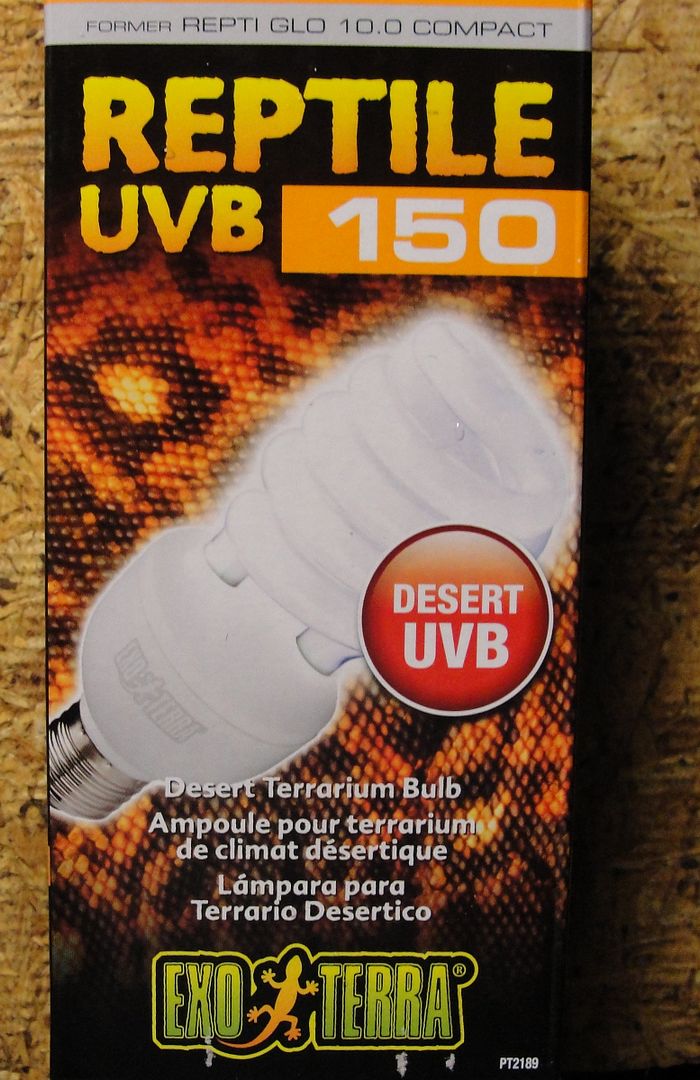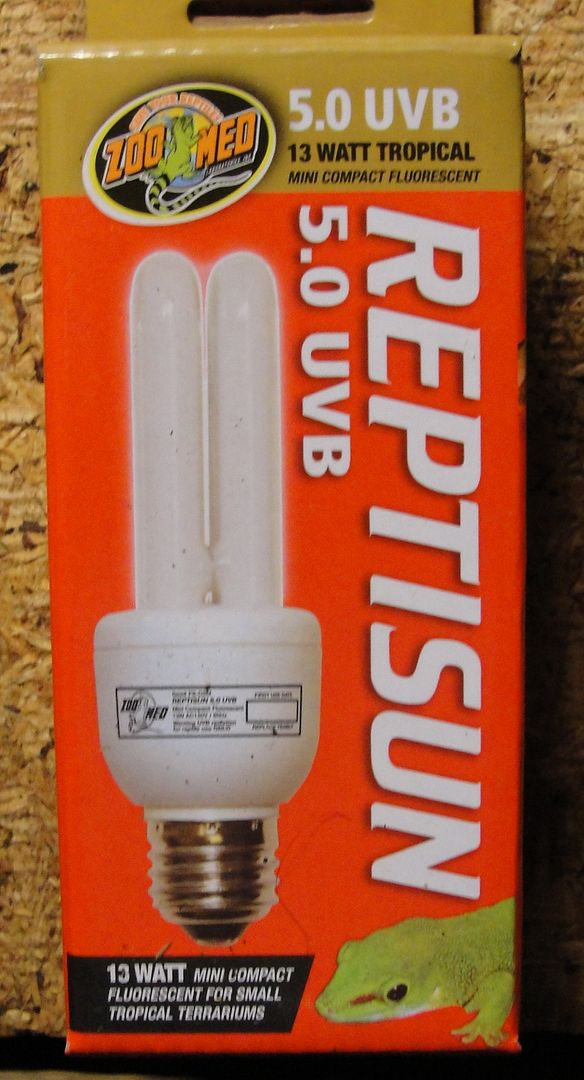- Joined
- Jul 16, 2014
- Messages
- 29,126
- Location (City and/or State)
- South Eastern Florida (U.S.A.)/Rock Hill S.C.
Almost every day it seems that a new member will post about a tortoise with eye issues and we trace it back to coiled compacts. It's easy to "parrot" warnings about these bulbs and warn people. (I'm using myself as the example here.)
I must admit, that I know very little about the actual facts. I have no first hand experience with them. (My torts live outside.) But I would feel neglectful to not warn new members. Especially since it seems that 9 out of 10 of them can trace the issue back to one of those lights.
It is the way that these bulbs concentrate and project the light? The wave length?
And is it just the high powered ones or even the lower wattage units?
Please excuse my lack of light bulb knowledge here. But I think that a lot of us are in the dark as to why exactly and what the issues seem to be.
Thanks in advance for your story of either a tortoise injured by these bulbs or for your explanation or theory of the cause.
I must admit, that I know very little about the actual facts. I have no first hand experience with them. (My torts live outside.) But I would feel neglectful to not warn new members. Especially since it seems that 9 out of 10 of them can trace the issue back to one of those lights.
It is the way that these bulbs concentrate and project the light? The wave length?
And is it just the high powered ones or even the lower wattage units?
Please excuse my lack of light bulb knowledge here. But I think that a lot of us are in the dark as to why exactly and what the issues seem to be.
Thanks in advance for your story of either a tortoise injured by these bulbs or for your explanation or theory of the cause.



